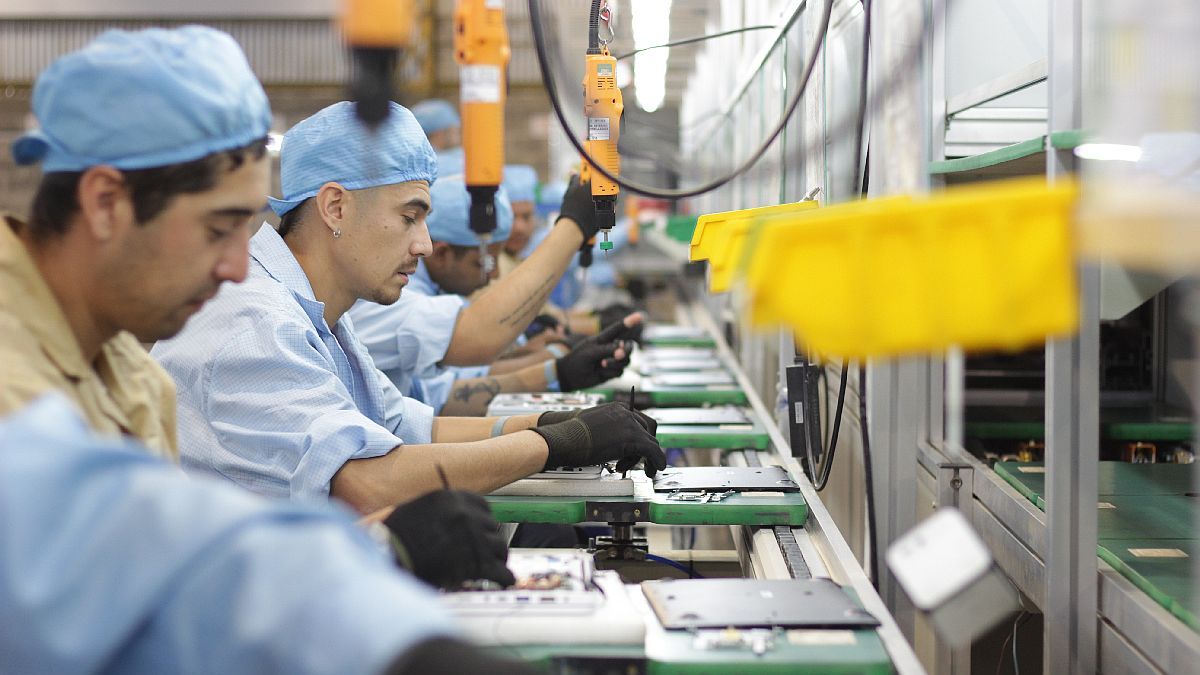He employment private registered grew again in July and accumulated 36 months on the rise, according to data collected by the Ministry of Labor from the Argentine Integrated Pension System (SIPA). And, according to private analysts, the trend could be sustained in the following months, despite the economic situation.
According to the official indicator, In July, 21,149 registered jobs were created in the private sector, which involved 0.3% growth compared to the previous month. Thus, it added 36 months of sustained growth, a period in which Nearly 610,000 people joined the formal labor market.
“The number of registered employment positions (6,402,885 cases) constitutes the maximum value of the historical series”, analyzed from the CEPA, and highlighted that “after the double employment crisis (with the Cambiemos Government and then with the pandemic) in the month of July the recovery of all lost jobs is sustainedexceeding by 122,000 cases even the employment levels recorded in April 2018.”
Meanwhile, data from the Labor Indicators Survey (EIL) anticipate positive figures for the month of August. “A phenomenon that has been perceived in recent months refers to the growth of employment at the same time as a leveling off in activity.. Between June 2022 and the August 2023 projection, activity fell 1.8%, but 267,000 private registered jobs would be generated,” they analyzed from the CEPA, and highlighted: “Something similar happens with the industry: the seasonally adjusted IPI For the same period it shows a decrease of 3.8%, but with more than 48.3 thousand additional jobs.”
In this scenario, it is possible that the upward trend in formal jobs will be sustained. “It is striking that, with the evolution of the activity, levels of job creation recorded in the order of 20,000 positions have been sustained.. It is a relatively significant number, for a month. And it has been observed steadily for several months,” he told Ambit Hernán Letcher, director of CEPA.
“In that scenario, I get the impression that the level of job creation can be sustained because, furthermore, in terms of activity, it gives the impression that the greatest negative impact of the drought has already passed.”he added.
In relation to the sectors of activity, in July twelve of the fourteen sectors increased the number of working people. “Particularly in that month the recovery was driven by Commerce (6,400), Real Estate (4,100), Industry (3,400) and Hotels and Restaurants (1,300).
“Until July, the economic recovery continued to present heterogeneous features, but of increasingly smaller magnitude. Dynamic sectors continue to lead job creation, while sectors in recovery are consolidating and those that were in crisis months ago have begun to grow today. It is possible that in the coming months heterogeneities will begin to reappear,” the CEPA detailed.
According to the latest official data released by the INDEC, in the second quarter employment had an increase of 0.9% year-on-year, which showed a slowdown with respect to the previous dynamics. However, according to Ecolatina analysis, “formal employees (+3.4% yoy) were the ones who drove this variable, while for the first time since the pandemic a decline was observed – although slight, of 0.7% yoy – in the informal sector. Finally, the self-employed showed a slightly greater drop (-1.7% yoy).”
Source: Ambito




